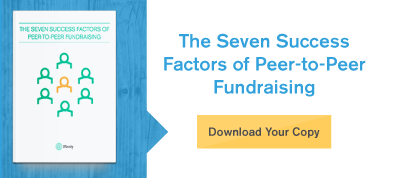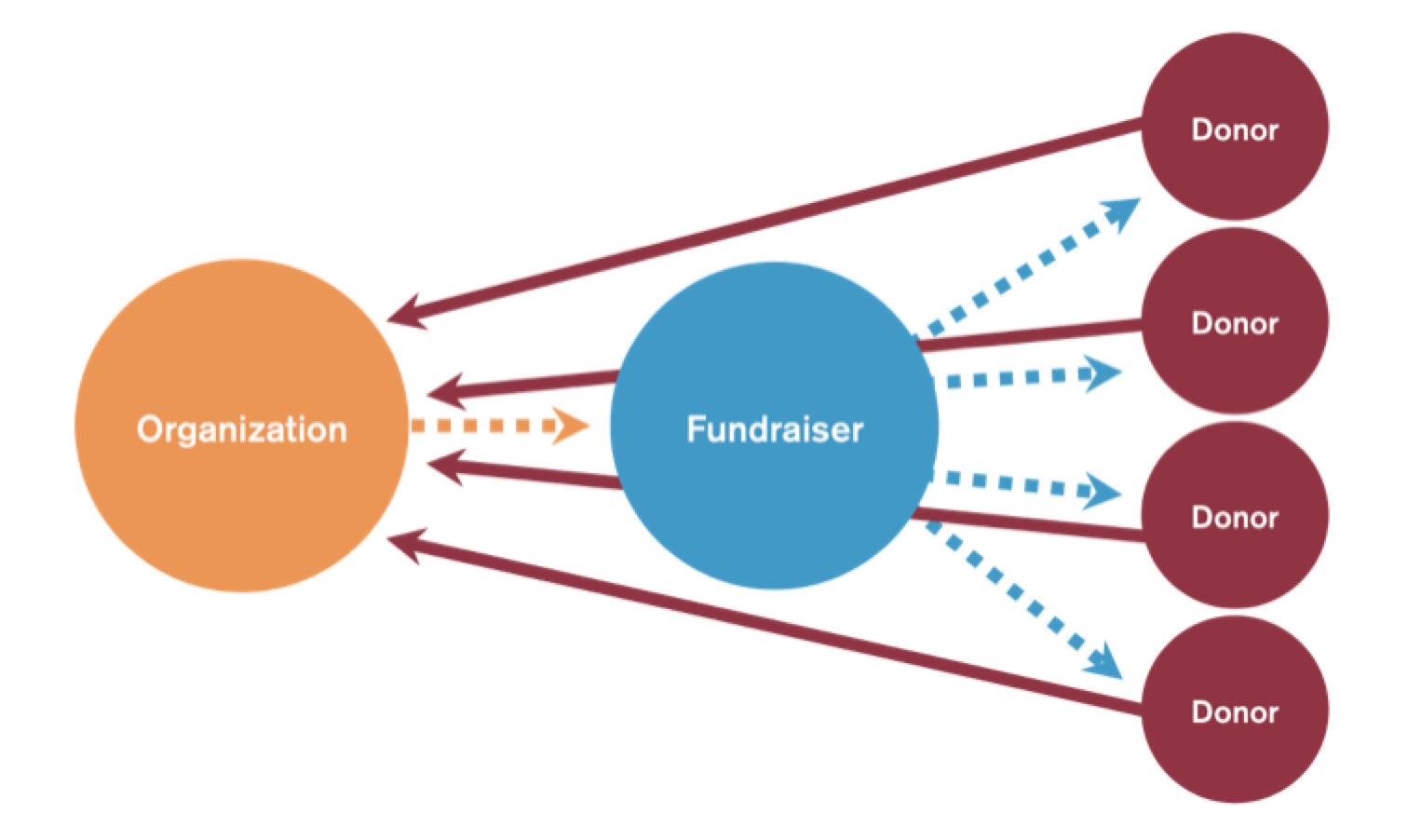What's Hiding In Your Peer-to-Peer Data?
Earlier this year I had the opportunity to speak at the first ever Engage P2P Conference in Washington DC. The day included speakers from a variety of innovative nonprofits like Girl Up, St. Baldrick’s Foundation, Wounded Warrior Project and Special Olympics. Each group was able to share their peer-to-peer fundraising success story and the tools they used to get there and increase their impact.
Impact, after all, is the goal for all nonprofit organizations, and one of our favorite peer-to-peer tools to use at Plenty to achieve this is sophisticated data analytics. Using analytics to help organizations better understand their peer-to-peer programs is our bread and butter. This is partly true because of our inner geekiness, but more so because we recognize the huge potential that stems from these tools.
At Engage P2P, during my presentation with Marisa Hull from JDRF, we had the chance to showcase these tools and discuss JDRF's personal experience using their peer-to-peer data and analytics to drive strategy for their Walk to Cure Diabetes. JDRF currently raises $80M a year from over 125 thousand participants in their Walk series. A nationally held event of this size has the potential to impact many people, but with big events comes big data. JDRF, like many other organizations, had amassed a vast amount of data over the course of the Walk’s lifetime making it difficult to sort through and analyze effectively. Recognizing this, they reached out to us to take a closer look at the Walk and conduct a deep-dive into their data to help create new strategies for growth.
If you’ve read any of my previous blogs, you know I never talk about data without mentioning the importance of focus. I’ll stay off my soapbox for today, but let me reiterate the basics: the goal of analytics isn’t to crunch every possible number. The goal is to find a handful of metrics that drive revenue for your program. You can learn more on how to find these metrics in your program here.
Keeping this ideology in mind, we were able to uncover three crucial insights from JDRF’s data, and expose opportunities within their Walk program. Although there were many interesting things in their data sets, we decided to focus on the three metrics that had the highest potential to directly increase their revenue and that their staff could impact. Here are the three trends we found hidden in the data:
1. Not enough participants are fundraising. Although the Walk is a very mission-driven event, we found that less than half of participants were fundraising for a cure. We call this metric “fundraising activation.” We discovered that JDRF was only asking their team captains to fundraise, which resulted in team members not receiving a strong, focused fundraising message. By strengthening the ask to this group, they could improve fundraising activation and raise more funds.
Takeaway #1: Make sure you ask all of your participants to fundraise.
2. A few fundraisers are raising most of the donations. You are probably familiar with the 80/20 rule, and the fact that some participants raise more than others. In the case of JDRF’s Walk, a mere 10% of total participants raised over 80% of their donations. However, they weren’t giving most of these fundraisers the time and attention they deserved. The result - many weren’t returning year after year. Once they understood that this elite group was driving significant revenue, they were able to focus their efforts on the cultivation and retention of this crucial segment.
Takeaway #2: Know your top fundraisers and treat them like top donors.
3. Fundraising drives revenue, more than recruitment does. We analyzed the events in JDRF’s Walk portfolio based on their market size, total registrants and fundraising results. Using a weighted scoring system, we looked at what drove more revenue: getting people to register or getting registrants to fundraise. The data showed that fundraising was more important than recruitment. Wait a second - how do you focus on fundraising if you don’t get people registered first?
Of course your peer-to-peer program needs people to register; otherwise, you don’t have a group to activate. But you also want to recruit people who care about your mission so they will fundraise when asked. For JDRF, this required defining their target audience and focusing recruitment exclusively on this group.
Takeaway #3: Find people who care about your mission and recruit them to participate. Don’t recruit people to participate and try to make them care about your mission.
Through peer-to-peer data analytics, and by focusing on the most important opportunities, we were able to create impactful and manageable updates to their Walk strategy together. Data analysis gave us key insight into JDRF’s Walk - just as it can for you. What opportunities are waiting to be found in your data? Start finding out by understanding which metrics to track, what data to capture and then measuring those results.
Learn more on how analytics can impact and grow your peer-to-peer program in our recently released Seven Success Factors e-book! Download your free copy today and begin growing your P2P program!
Share this
You May Also Like
These Related Stories
How To Acquire, Recruit, & Retain Fundraisers In A Peer-to-Peer World

How To Train Your Staff On Peer-to-Peer Fundraising




No Comments Yet
Let us know what you think